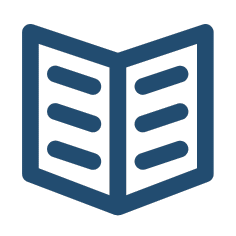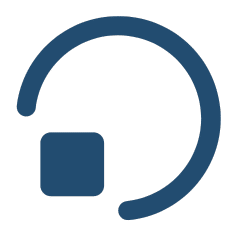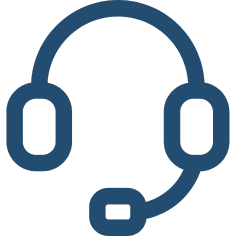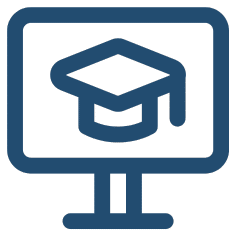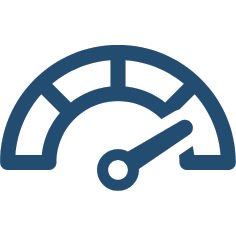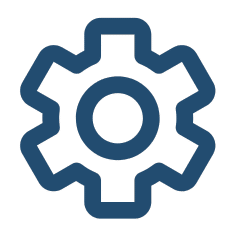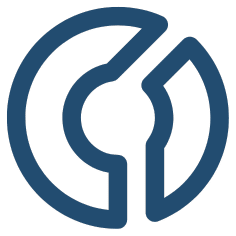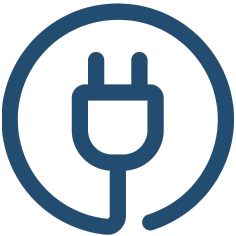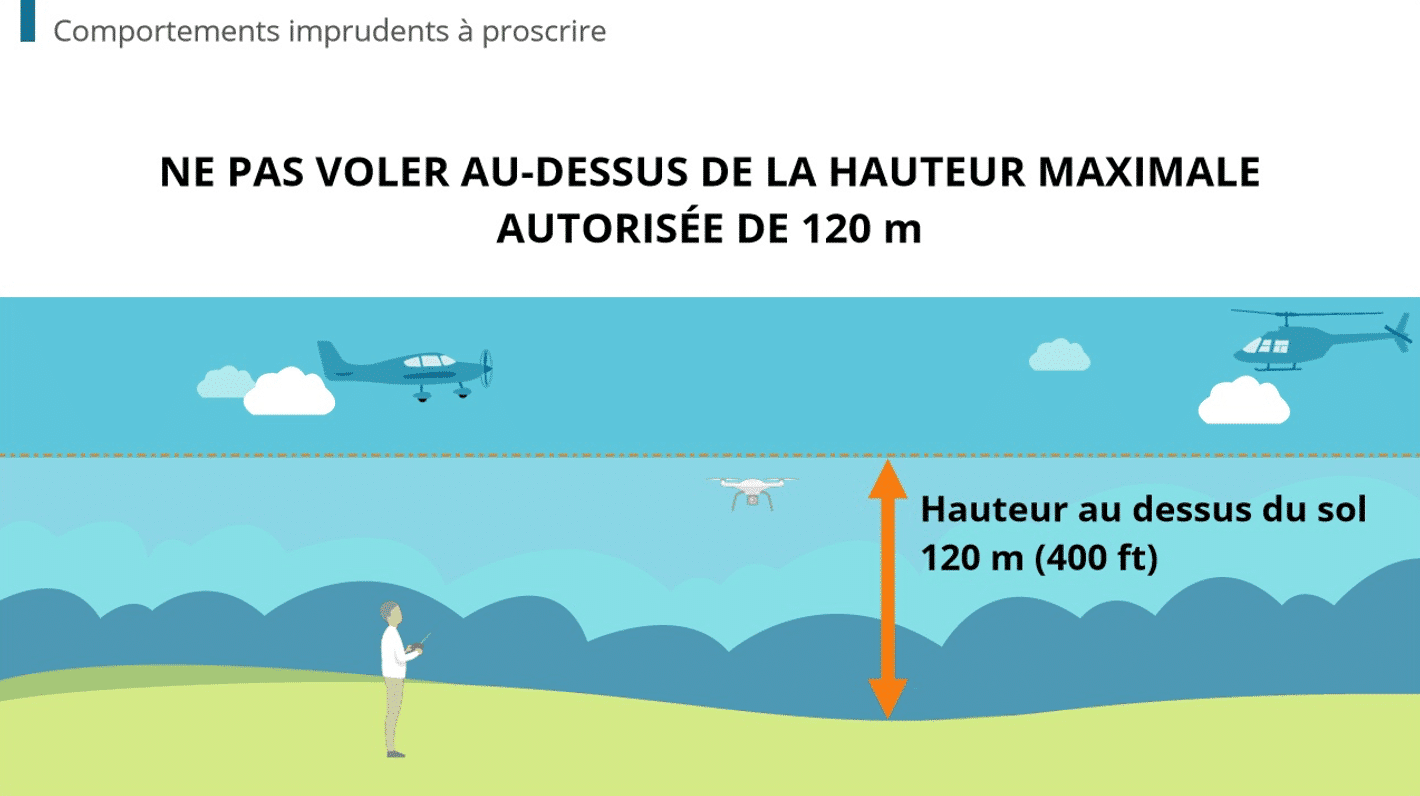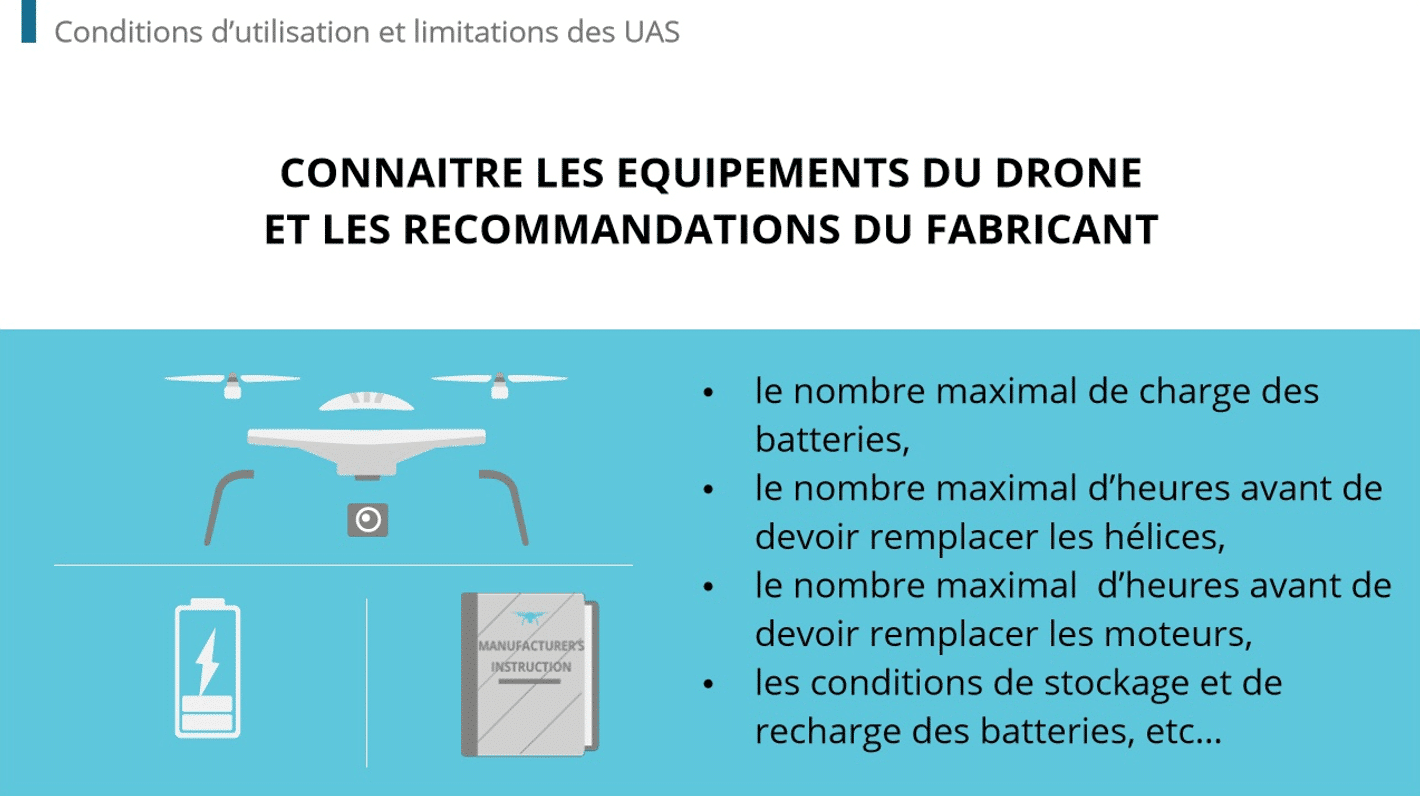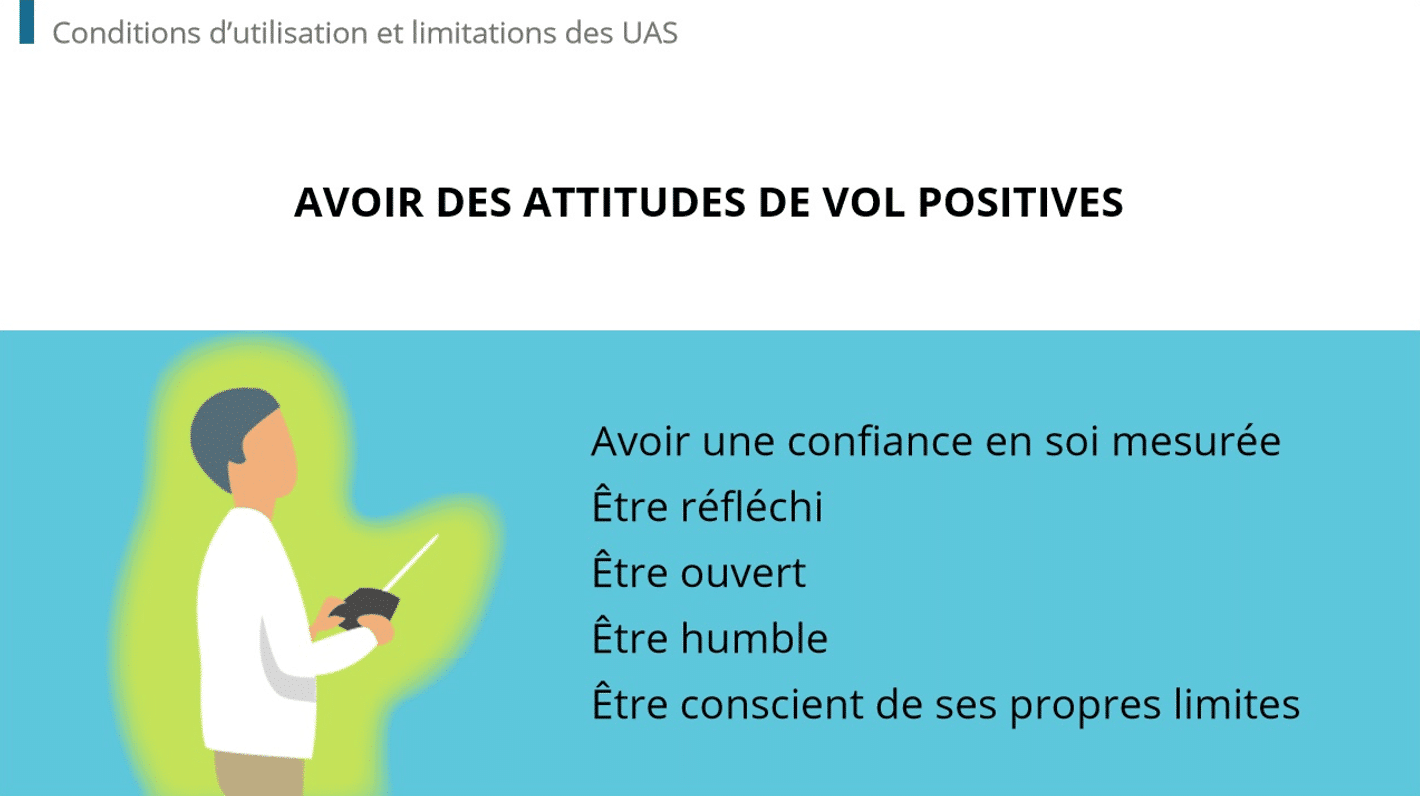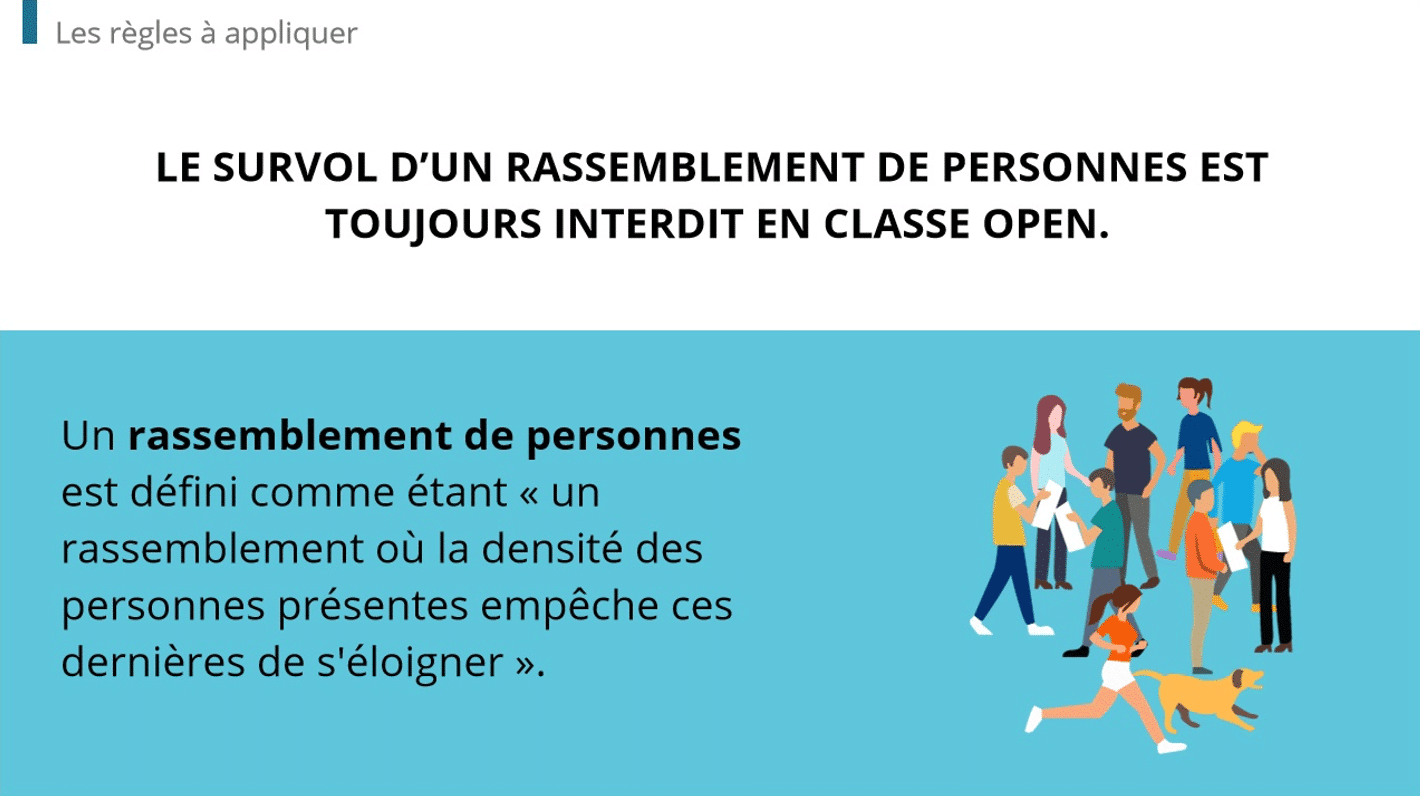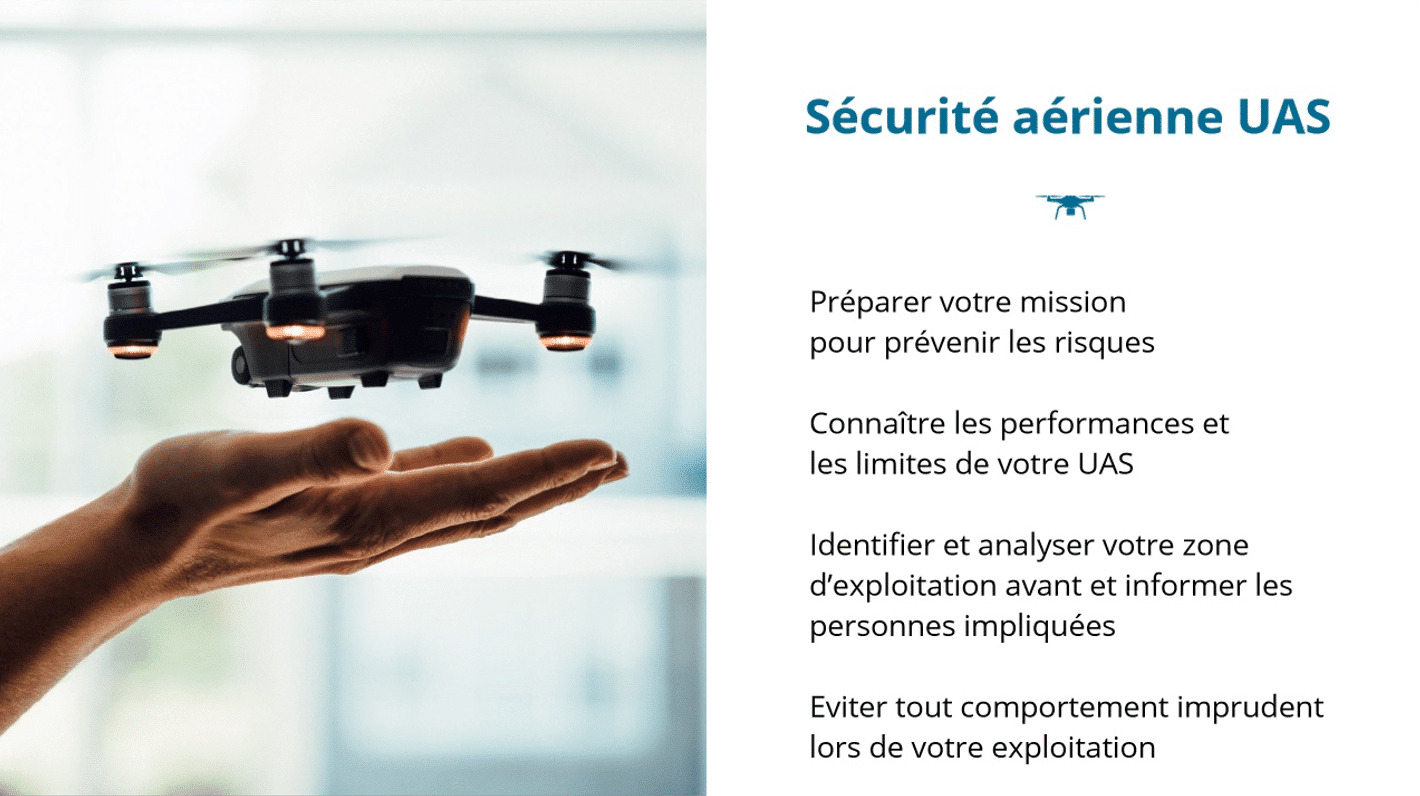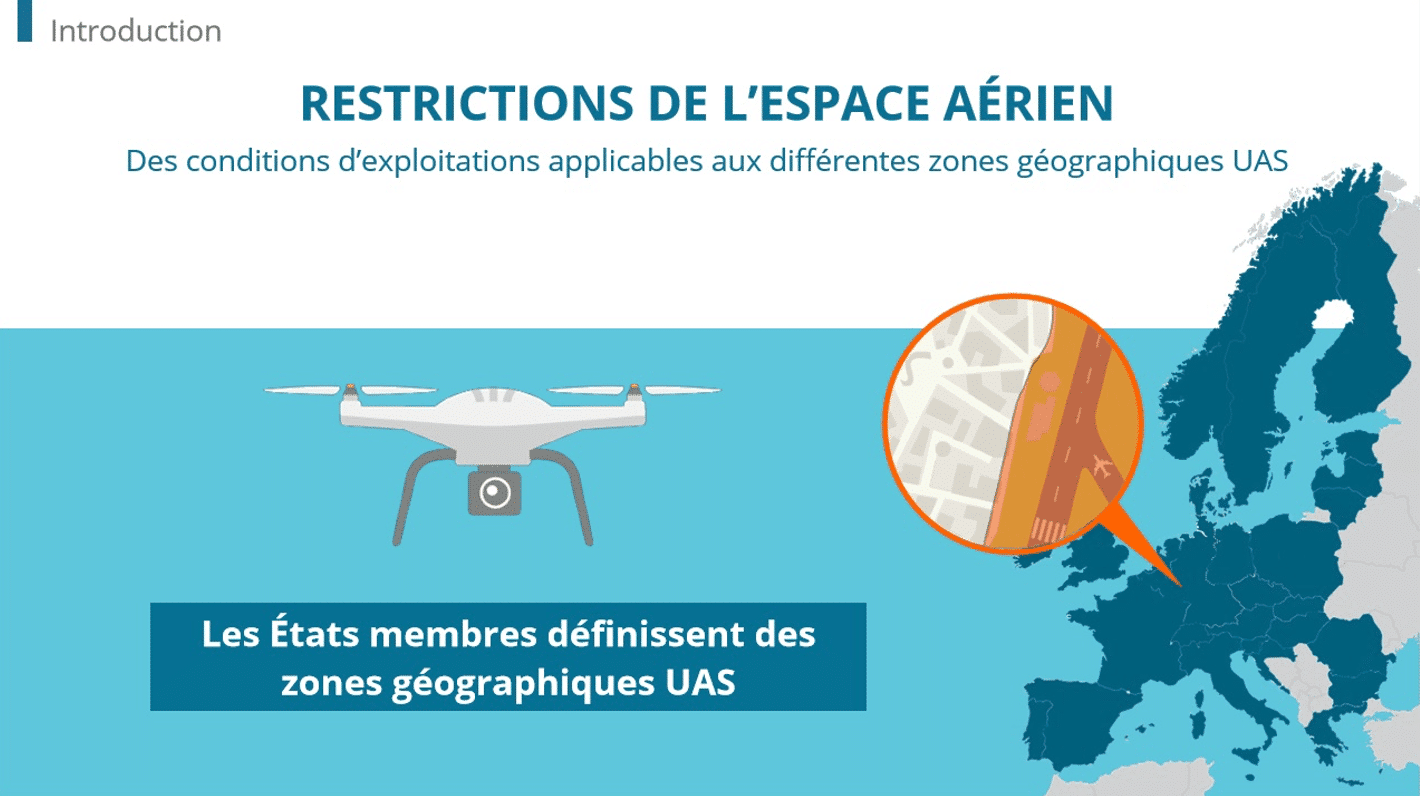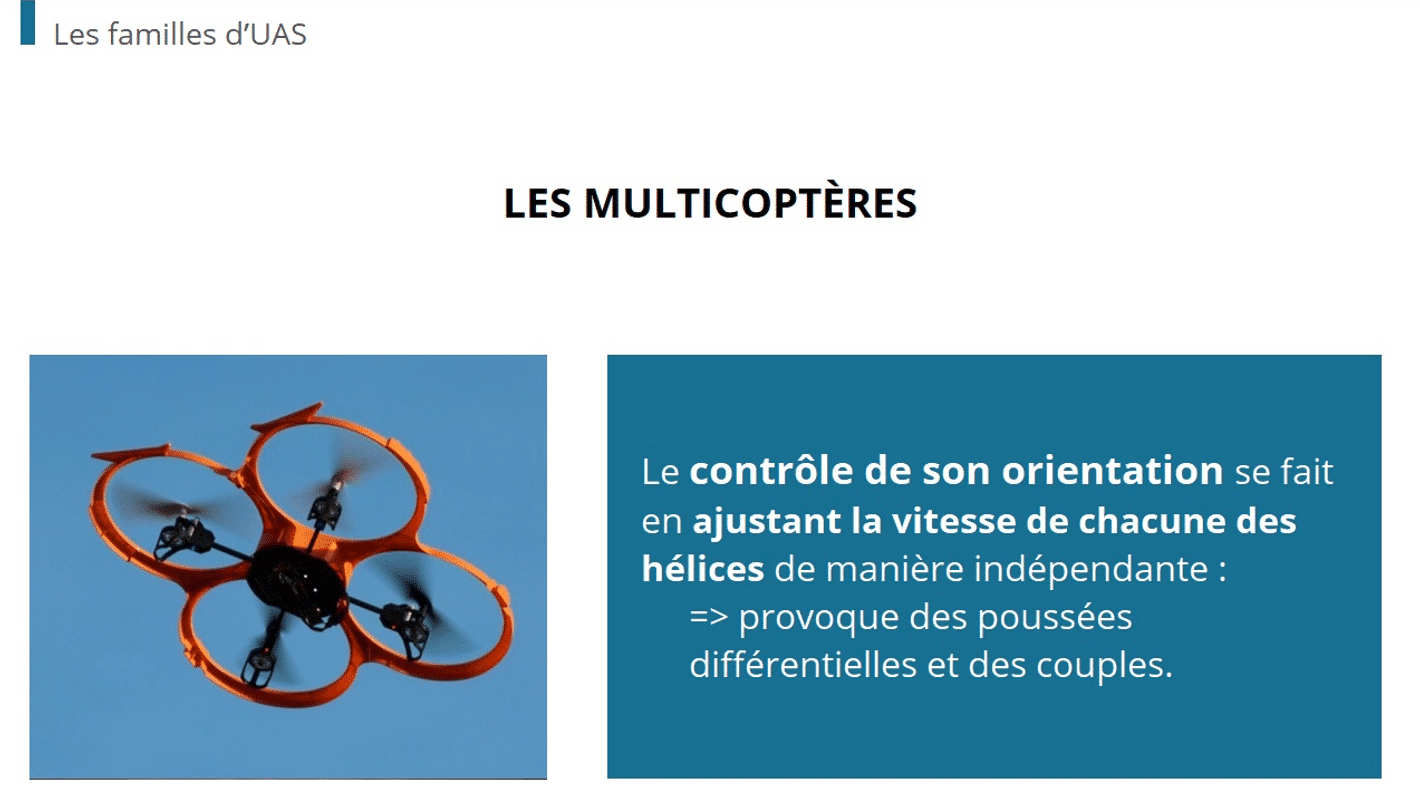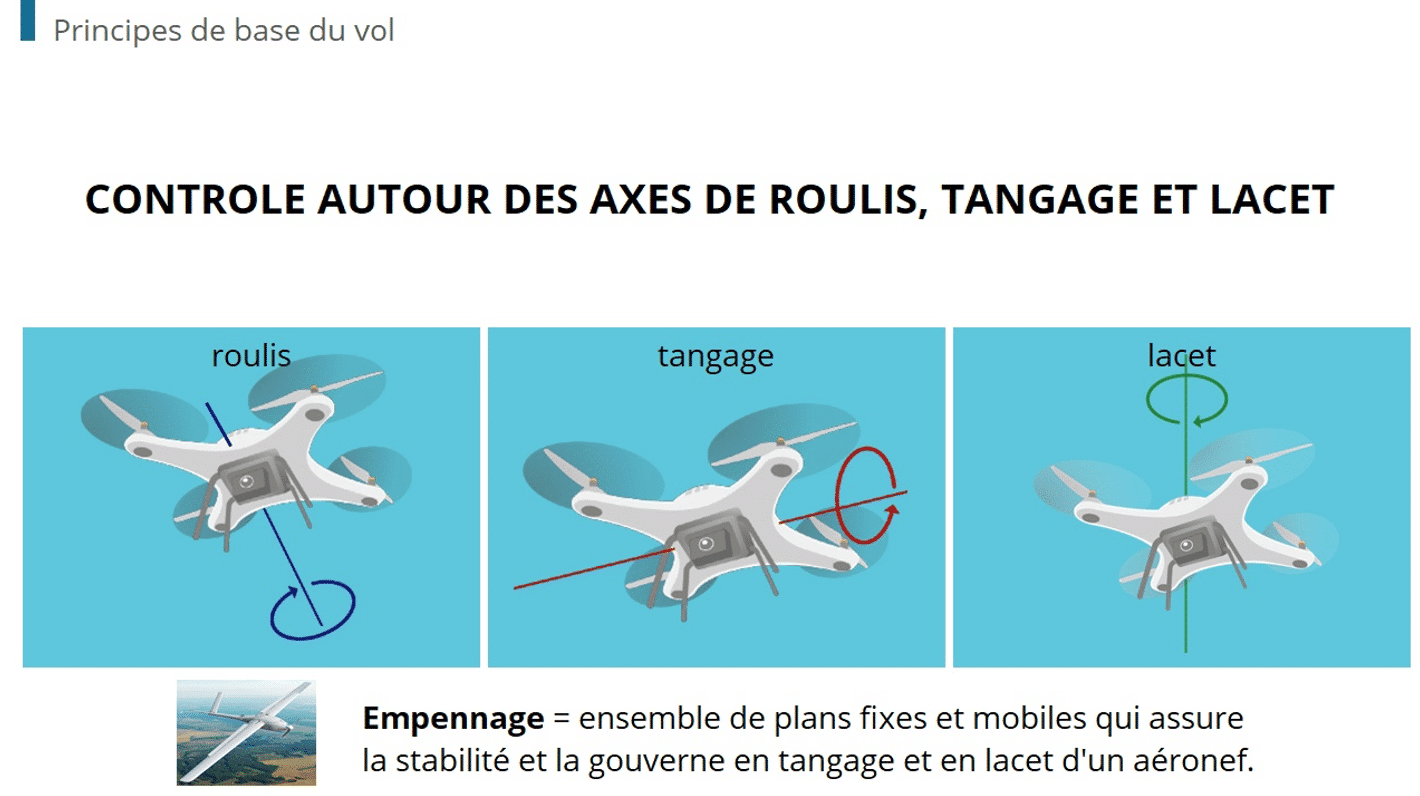With the personalization of learning, you can offer an e-learning approach that focuses on your participants’ goals and preferences.
Personalization of learning, a marketing concept
We are bombarded with information, yet 74% of online consumers are frustrated when websites offer them content that does not reflect their interests. Personalizing the offer – a marketing strategy that’s been proven in e-commerce – can be applied to e-learning. The concept is simple: content deemed unnecessary for the learner is filtered out of the LMS in favor of content that suits them better. The personalization of learning is increasingly seen as a value-added service.
The benefits of customized e-learning
Your learners are not equal. This is true for their needs and objectives, as well as their learning styles. By offering your learners adaptive learning tools, you increase your chances that useful content really will be captured and digested. Also, providing e-learning content that’s too advanced could affect their confidence and desire to learn. At the same time, content that’s too easy could cause frustration and make them feel they are wasting their time! By adapting to the level of each learner, personalized learning hits the right spot. It also prepares them to be more responsive to important information that they will be studying in greater detail.
7 tips to customize your e-learning
- Your learners need to feel in control of their e-learning experience.
Administer level tests that will place them at the right level in the e-learning course. - Offer them a choice of learning styles (auditory learners with podcasts, visual learners with videos, textual learners with texts) and the evaluation mode (online scenario, multiple choice, essay and writing). Learners assimilate better when using a method that suits them.
- Allow them to choose the order of e-learning activities. Create dynamic menus for them to visualize how far they have come and let them jump from one module to another according to their needs.
- Use tree-map scenarios that take your learners to different points of the course according to their answers.
- Set regular milestones, such as a weekly checklist, to help your learners stay up to date and on track.
- Implement continuous assessment throughout your program. It gives the learners a view of their progress and material they need help with and on which they should focus.
- Don’t forget to provide your learners immediate feedback on their evaluations: you should tell them what they need to correct as soon as possible so they do not memorize misinformation.
Dokeos LMS assists you with this new e-learning challenge. For more information, contact us or test Dokeos free for 60 days!





